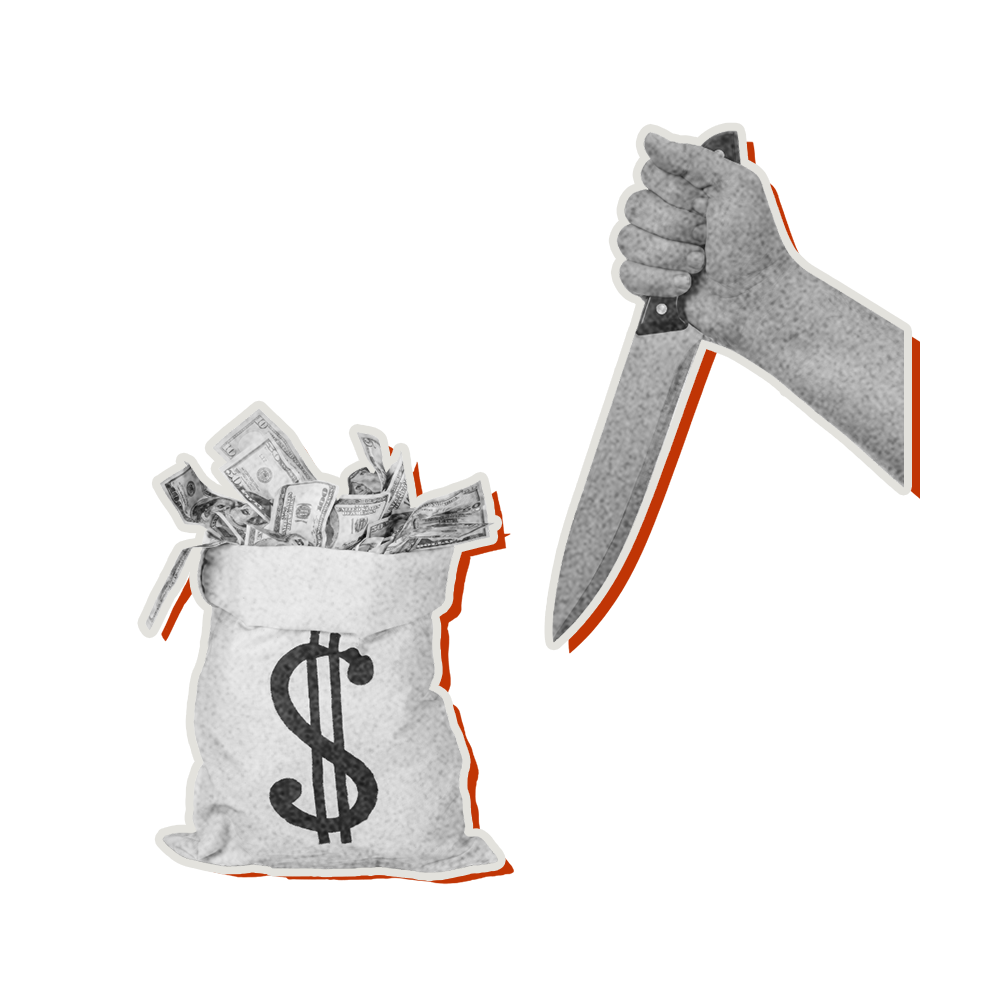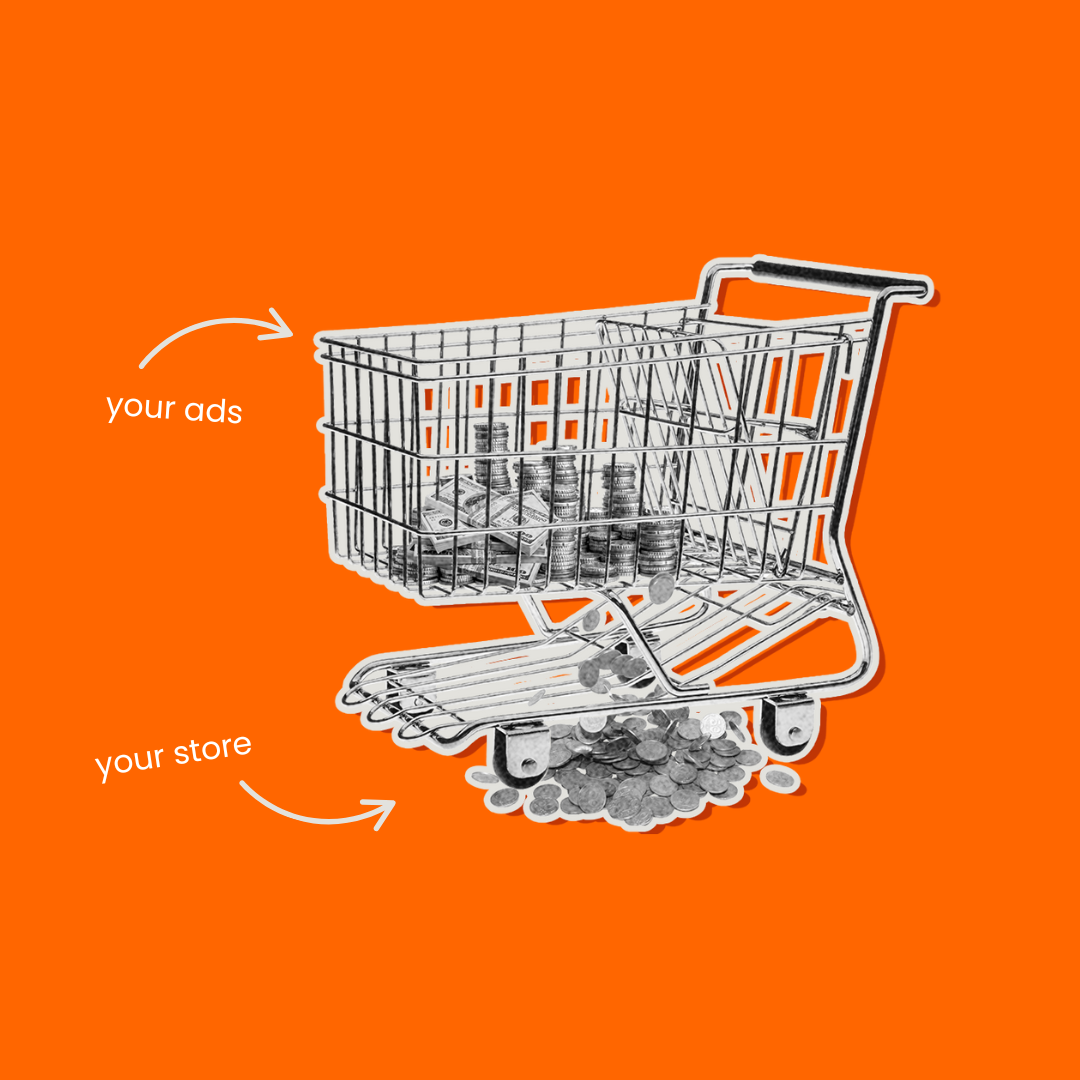If your average order value has been stuck for months, don’t raise your prices — fix the leaks. Here are 11 proven split-tests Shopify brands should run to lift AOV without scaring off customers or lowering conversion rate.

If you’re running a Shopify store and your average order value (AOV) has been stuck at the same number for months, your first instinct is usually:
“We should probably raise prices.”
That’s the lazy move.
Raising prices might work, but most of the time it just exposes the fact that your store isn’t doing a good job of getting people to buy more in the first place.
Before you touch your pricing, you should squeeze everything you can out of:
That’s what this article is about — 11 A/B tests you can run on your Shopify store to increase AOV without scaring off customers or tanking your conversion rate.
Quick refresher so we’re solving the right problem:
Everyone obsesses over traffic. The smartest operators obsess over AOV, because:
So the goal is simple:
Make each customer spend more, without making them feel like they’re being squeezed.
You do that by engineering your store to make bigger orders feel like the default, most logical choice.
Let’s go through the 11 tests.
We’ll open your store, hit record, and walk through exactly what’s broken and why you’re losing sales. One video. 10 minutes. Real fixes.
Core idea: Use free shipping to push people slightly above your current AOV.
Most Shopify stores slap on something like:
“Free shipping over £50”
Why £50? Because it “sounds nice.” That’s not a strategy.
People really hate paying for shipping. Free shipping is one of the strongest levers you have to increase average order value. If you set the threshold right, customers will add that extra item just to “earn” free shipping.
The rule of thumb:
Set your free shipping threshold 10–30% above your current AOV.
You’re saying:
“Spend just a little more, get a lot more perceived value.”
If the higher threshold lifts AOV without killing conversion, you’ve just found free money.
Core idea: Use tiered discounts to reward bigger baskets.
Instead of letting people buy one item at full price and leave, you give them a reason to buy multiple.
You’re not just giving a discount. You’re anchoring the idea that buying multiples is normal.
This is especially strong for consumables (skincare, supplements, coffee, candles).
If AOV goes up and your margins survive, that’s a win.
Core idea: Use 3 pricing options so the middle one feels “just right”.
This is classic psychology:
You set up bundles like this:
Visually highlight “Most Popular”. Most people will follow that nudge.
A home fragrance store might offer:
A lot of customers who would have bought 1 end up buying 3 because it feels obviously smarter.
Core idea: Stop suggesting cheap junk that barely moves AOV.
Most Shopify stores use cross-sells like:
“Add this £6 item”
Even if customers accept, it barely touches your AOV.
Instead, you test more meaningful cross-sells:
Even if acceptance drops slightly, a higher-value cross-sell can still add more revenue overall.
Core idea: Don’t give too many “small” options.
If you sell bundles, and you offer:
Most people stick with the 2-pack. You might be capping your AOV.
Try removing the 2-pack and go:
It feels a bit aggressive, but with the right framing, it works surprisingly well.
Core idea: Use a genuinely attractive free gift to push people over a spend threshold.
Bad free gift:
Good free gift:
People behave differently when they feel they’re “unlocking” something.
“Spend £60 and get a free £22 gift set.”
Even if that gift set costs you £4–£5 to produce, the perceived value is much higher.
Core idea: Make adding complementary products brainless.
Most stores either don’t use FBT or they bury it.
You’re not hoping people browse and randomly find more products. You’re putting the ideal combo in front of them, with minimal friction.
“Complete the set:
[Product A] + [Product B] + [Product C]
Add all 3 and save 10%”
This isn’t magic, it’s just making it easier to spend more in one go.
Core idea: Offer a clean, low-friction add-on inside the checkout, not as an annoying popup.
People at checkout are in “just let me finish” mode. You don’t want to snap them out of it with an intrusive modal.
Core idea: Make bundles the default, not the add-on.
Most product pages lead with:
Quantity: 1
Then somewhere below, they might mention bundles.
Flip it.
You’re framing the larger purchase as “normal” and the single as the “entry” not the default.
You don’t need aggressive language. The layout itself does the heavy lifting.
In 90 days, we’ll turn your store into a conversion engine — offers, flows, and systems that scale profit without chaos or burnout.
Core idea: Your product description should make people imagine the result, not just memorise the ingredients list.
Most Shopify product descriptions are either:
You need both.
When people believe in the product’s benefit, they’re more willing to:
Good copy doesn’t just boost conversion rate. It supports higher-value decisions.
Core idea: For paid traffic or campaigns, don’t dump people on a generic Shopify product page. Use a focused landing page designed to drive bigger orders.
A landing page can:
You’re guiding the visitor along a narrative, not hoping they figure it out by clicking around.
Instead of sending Meta traffic to your generic product:
/products/moisturiser
Send them to:
/pages/winter-skin-rescue-kit
Where they see:
A good landing page can lift AOV dramatically because you’re selling kits, routines, sets — not single SKUs.
If your Shopify store’s AOV is stuck, the store isn’t “broken” — it’s under-optimised.
Before you raise prices and risk scaring people off:
Tiny layout and offer changes can add 10–40% to your average order value without touching your base price.
And once AOV goes up:
That’s how you scale like an operator, not just a marketer.
And here’s the kicker:
That’s where we come in.
This is the exact process we use to grow our portfolio stores — refined across hundreds of audits and millions in tracked revenue.




